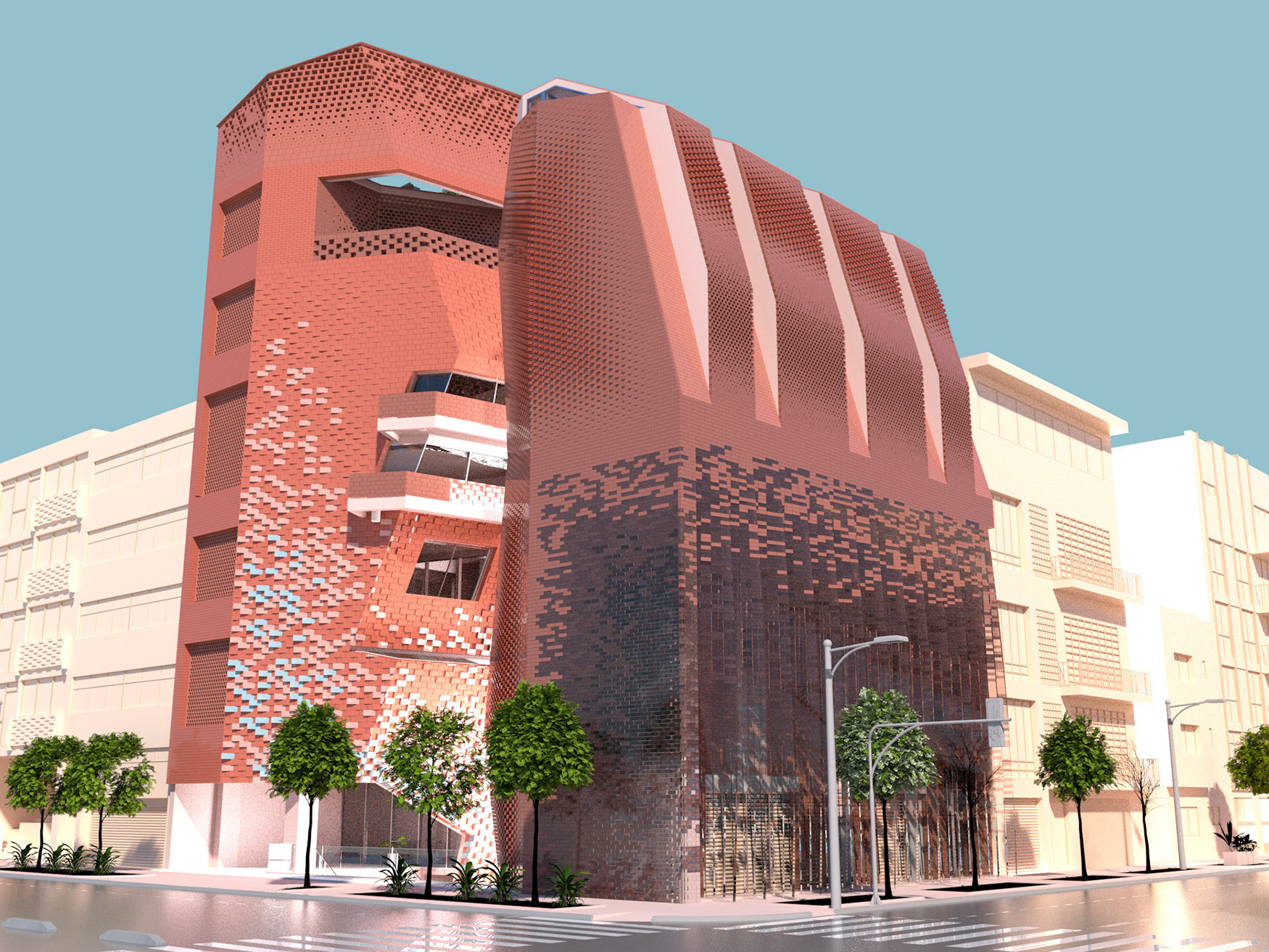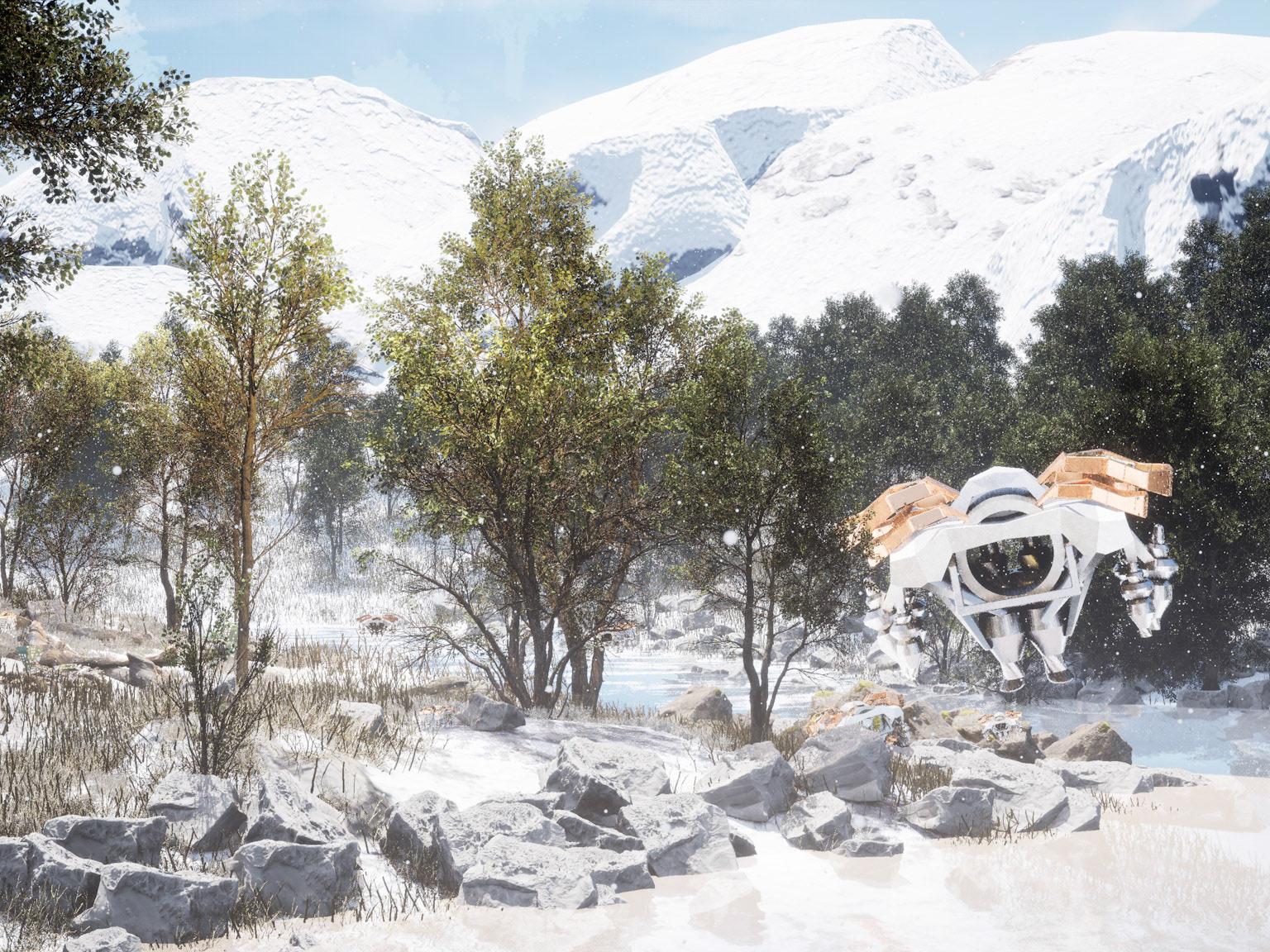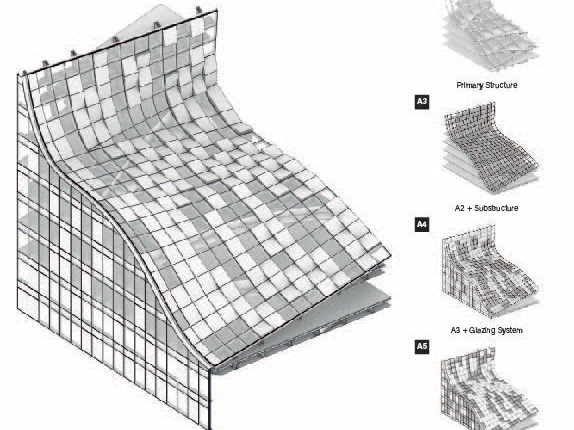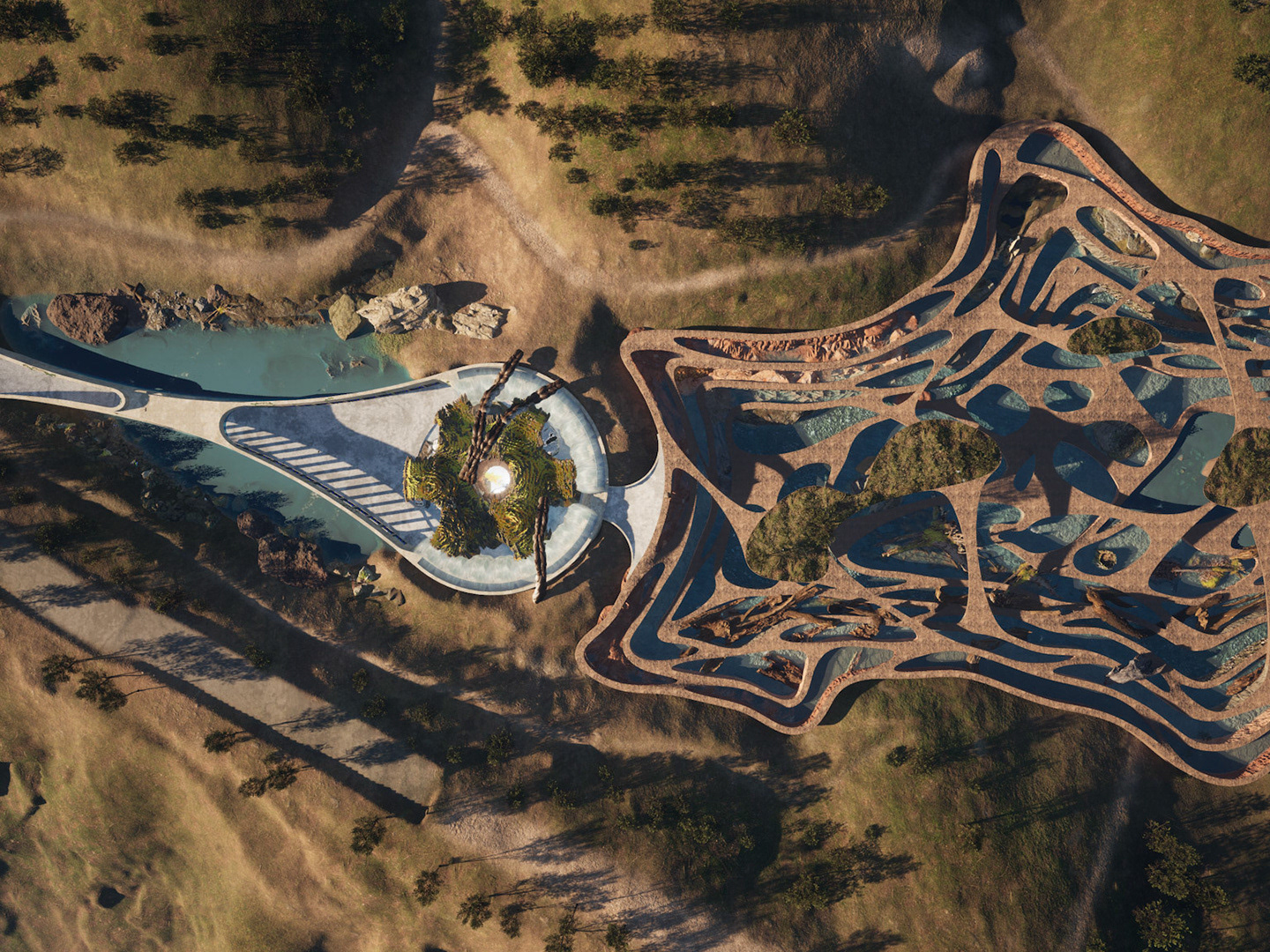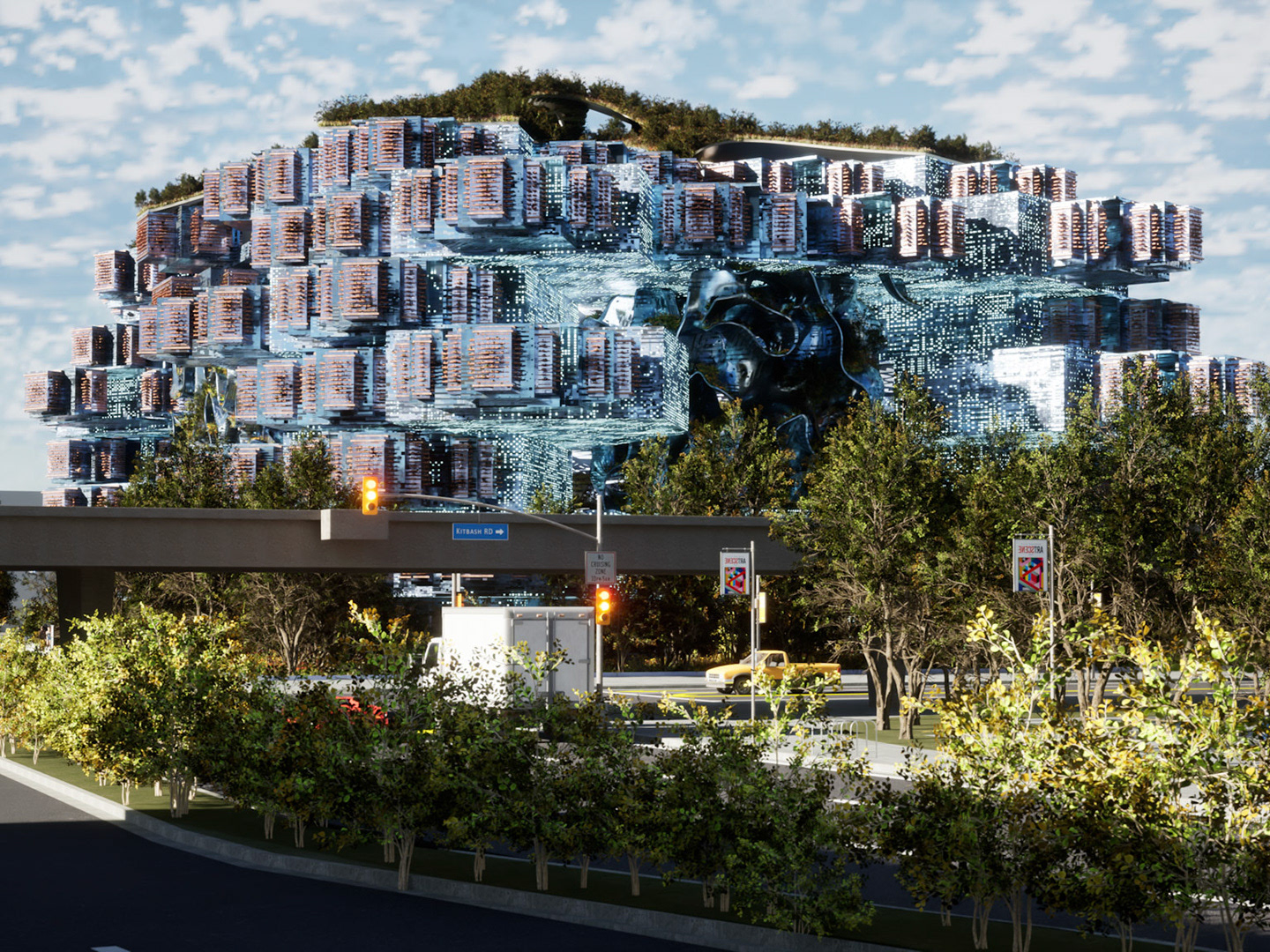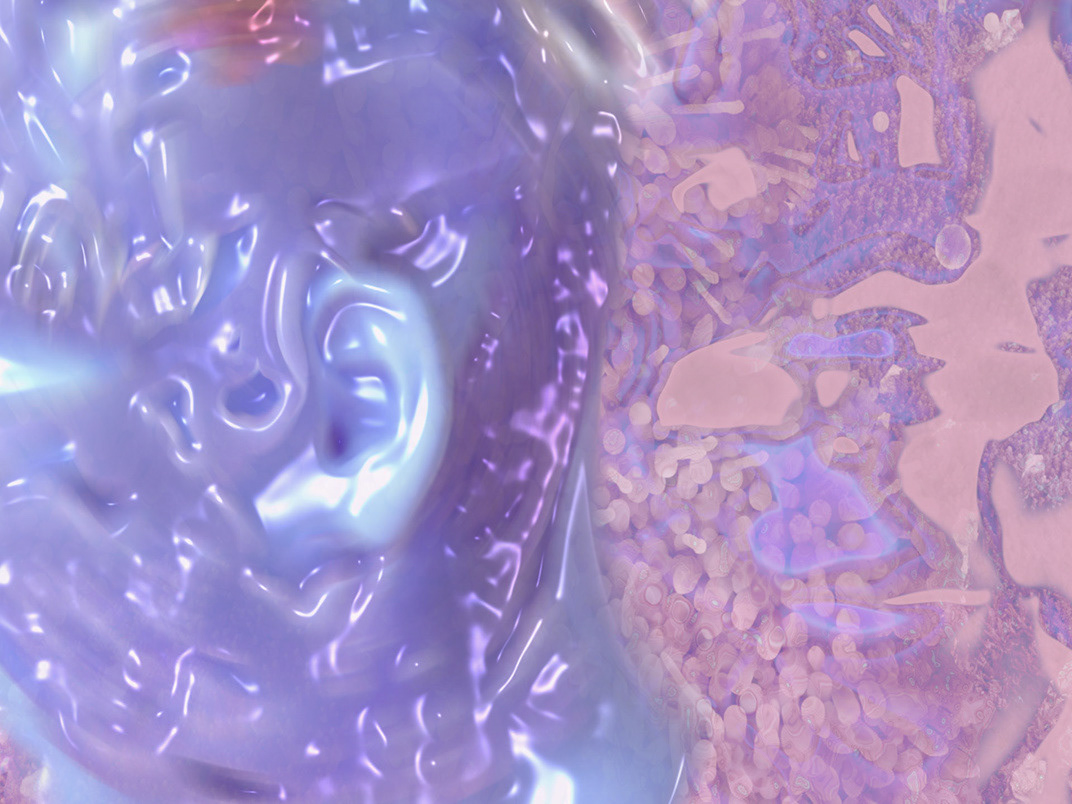New Experiences at the Edge of Nature and Urbanity
Work-Consumption Interconnection, Shopping Mall, Transparency Lifecycle, Sustainable Consumerism
The close relationship between consumption and workspace is highlighted through the employment of paid workers. While work for one person, the employee, is consumption for another, the employer, it reveals that these two activities are not easily distinguishable. Consumption, often seen as a leisure activity and the opposite of work, is actually intertwined with work. This understanding challenges the casual dualism between public/private, work/buying, and production/consumption.
The architectural space of a shopping mall brings together two essential elements: the labor space and the commercial space. These distinct areas are intricately intertwined, creating a dynamic and symbiotic environment. Exploring the links between work and consumption in the shopping mall reveals the relationships between the shopping mall, the wider economy, and the natural world. It disrupts the conventional notions of work and consumption, presenting them as interconnected rather than separate.
SELLING MACHINE
Shopping malls face significant challenges, as their current model promotes unnecessary consumption and lacks variation, leading to declining visitor numbers. Despite this, shopping malls serve as vital "third places" where people gather, socialize, and unwind in public. They play a crucial role in fostering community, promoting inclusivity, and strengthening civil society. When considering the mall's role in recycling the heaps of waste it generates, it becomes essential to examine the spectacle of consumerism. It now generates use-value as infrastructure, continually evolving and mutating with the city.

PROGRAM ELEMENTS
These understandings challenge the dualism of public and private, production and consumption. When considering the mall's role in the heaps of waste it generates, it becomes essential to examine the spectacle of consumerism. It can create use-value as infrastructure, continually evolving and mutating with the city. So, we propose this shopping center design that combines three essential elements: the production space, the commercial space, and the third place. These distinct areas are intricately intertwined with a critical concept: a community-based recycling system that creates a dynamic and symbiotic environment. Basically, this design invites local people to engage in the upcycling chain, which means that this shopping center collects unwanted waste and transforms the waste into raw materials. The designers take those raw materials to produce customized products in this shopping center and put them in the shops again.
TRANSPARENCY LIFECYCLE
A reimagined shopping mall presents an opportunity to transform it into more than just a transactional space. It reframes the way people consume and changes the relationship between production and consumption. By adopting a hybrid approach to space-making, the shopping mall architecture moves away from being solely a commercial space and becomes a factory-commercial hybrid space within a new commons.
This reimagined approach brings transparency to the lifecycle of products, promotes environmentally responsible building practices, and establishes a circular production and re-production chain. Consumers are actively engaged in repurposing specific objects, giving them a second life and redefining the role of "buying" and "discarding" in our society. Architecturally, the reimagined shopping mall embodies a system of spatial and labor-product relationships, extending beyond the physical limits of the building. It conveys the entire reality of production, from material extraction to product assembly and customization, organizing logistics for efficient management of workers and machinery.
MERGING PRODUCTION AND COSUPTION FOR A SUSTAINABLE FUTURE
By merging labor and commercial spaces, this architectural design cultivates a symbiotic relationship between production and consumption. It brings transparency to the lifecycle of products, engages consumers in the repurposing process, and creates a visually appealing and environmentally conscious shopping experience. Despite consumption often being seen as separate from work, these two activities are fundamentally intertwined in our lives, as we rely on consumer goods for daily necessities, creating work and driving capitalist forms of production and exchange. Machines would play a significant role in recycling the vast amount of waste generated by discarded products, bridging the gap between the product and its manufacturing processes. This would enable a circular production process and resourceful assemblage to function within the city. Additionally, the mall could engage consumers in the repurposing of consumption, reframing their roles in contemporary social and ecological environments. By associating itself with sustainability and nature, the shopping mall could create a distinctive identity.
Summer 2023 / Academic Project / SCI-Arc
Instructor / Elena Manferdini
Partner / Wei-Chieh Wang
Instructor / Elena Manferdini
Partner / Wei-Chieh Wang

